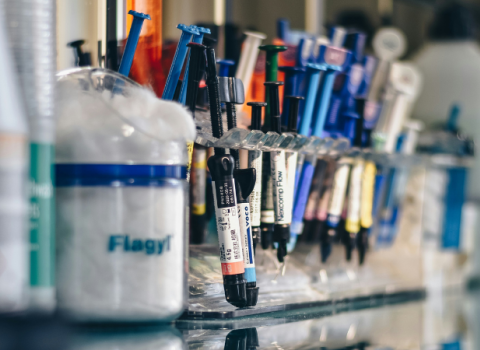Research lead
Scientists in Cambridge have made a significant step towards developing an artificial pancreas system for managing Type I diabetes in children.
The new study, funded by the Juvenile Diabetes Research Foundation (JDRF), shows that using an artificial pancreas system overnight can significantly reduce the risk of hypoglycemia, in which blood glucose levels drop dangerously low while sleeping.
The artificial pancreas system combines a continuous glucose monitor and an insulin pump, both already on the market, with an algorithm to calculate the appropriate amount of insulin to deliver, based on the real-time glucose readings.
As well as removing the need for multiple daily finger prick tests and insulin injections, the artificial pancreas should offer better control of blood glucose levels overnight.
In a clinical study, 17 children and teenagers aged between 5 and 18 with Type I diabetes were studied over 54 nights in hospital.
The researchers measured how well the artificial pancreas system controlled glucose levels compared with continuous subcutaneous insulin infusion pumps, which deliver insulin at preselected rates.
The artificial pancreas kept blood glucose levels in the normal range for 60 per cent of the time, compared with 40 per cent for the infusion pump. The artificial pancreas halved the time that blood glucose levels fell below 3.9mmol per litre, the level considered as indicating mild hypoglycaemia. It also prevented blood glucose falling below 3.0mmol/litre, which is defined as significant hypoglycaemia, compared with nine hypoglycaemia events in the control studies.
Roman Hovorka of the Institute of Metabolic Science at Cambridge said, “Our results show that commercially-available devices, when coupled with the algorithm we developed, can improve glucose control in children and significantly reduce the risk of hypos overnight.”
“This is the first randomised study showing the potential benefit of the artificial pancreas system overnight using commercially-available sensors and pumps. Our study provides a stepping stone for testing the system at home.”





 A unique international forum for public research organisations and companies to connect their external engagement with strategic interests around their R&D system.
A unique international forum for public research organisations and companies to connect their external engagement with strategic interests around their R&D system.